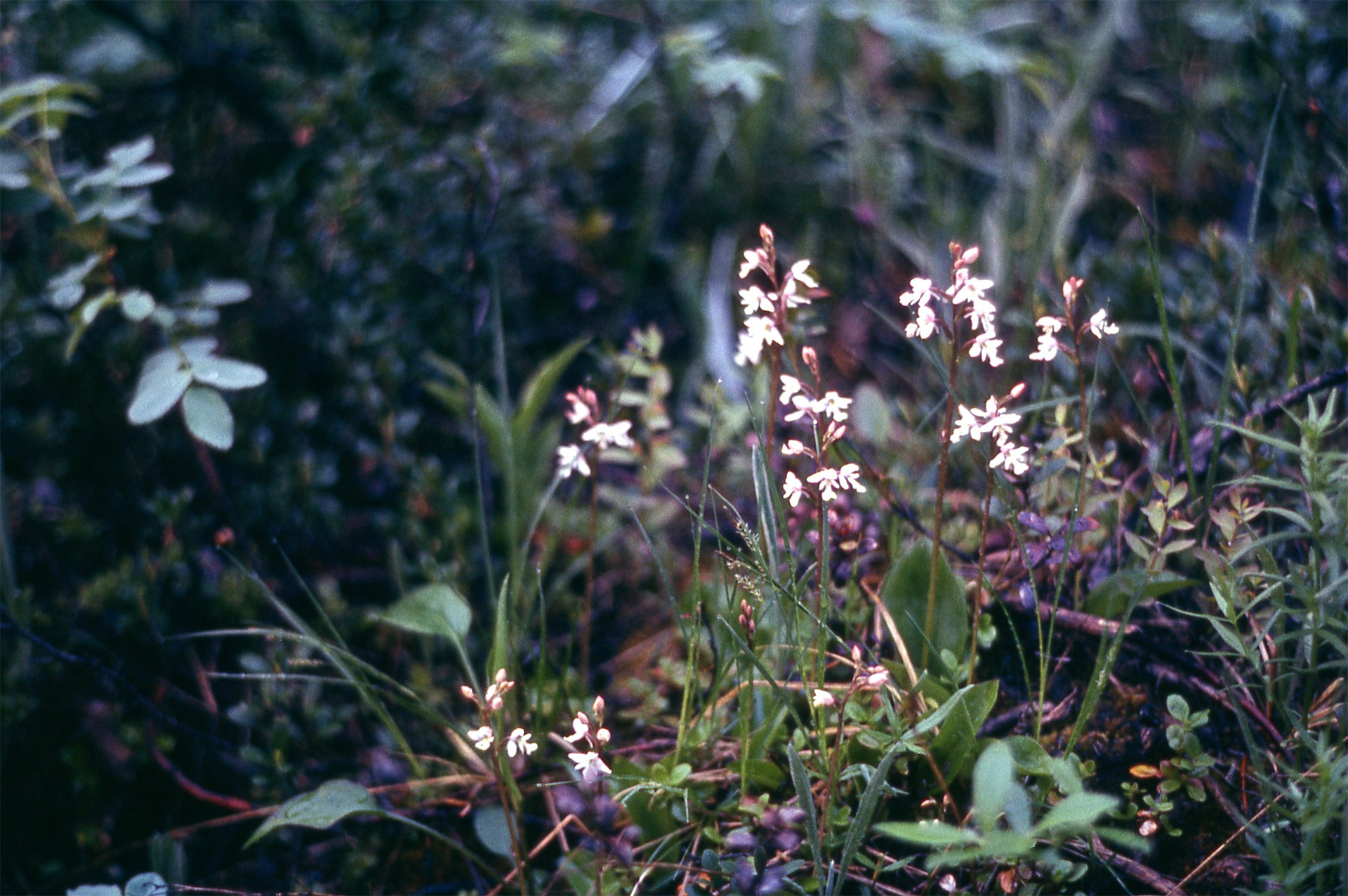Gallery containing public domain photos of flowers and plants from the Canadian National Parks – Western Canada. From the warm, temperate broadleaf forests of southern Ontario to the frigid Arctic plains of Northern Canada, from the wet temperate rainforests of the west coast to the arid deserts, badlands and tundra plains, the biodiversity of Canada’s plants is extensive.
Rudbeckia hirta, also known as the Yellow Daisy, it is a flowering plant in the family Asteraceae. It is an upright annual (sometimes biennial or perennial) native to most of North America, and is one of a number of plants with the common name Black-eyed Susan with flowers having dark purplish brown centers.
Araceae are a family of monocotyledonous flowering plants in which flowers are borne on a type of inflorescence called a spadix. The spadix is usually accompanied by, and sometimes partially enclosed in, a spathe or leaf-like bract.
Also known as the Arum family, members are often colloquially known as aroid. This family of 107 genera and over 3700 species is most diverse in the New World tropics, although also distributed in the Old World tropics and north temperate regions.
Cornus is a genus of about 30-60 species of woody plants in the family Cornaceae, commonly known as dogwoods. Most are deciduous trees or shrubs, but a few species are nearly herbaceous perennial subshrubs, and a few of the woody species are evergreen. The various species of dogwood are native throughout much of temperate and boreal Eurasia and North America, with China and Japan and the southeastern United States.
